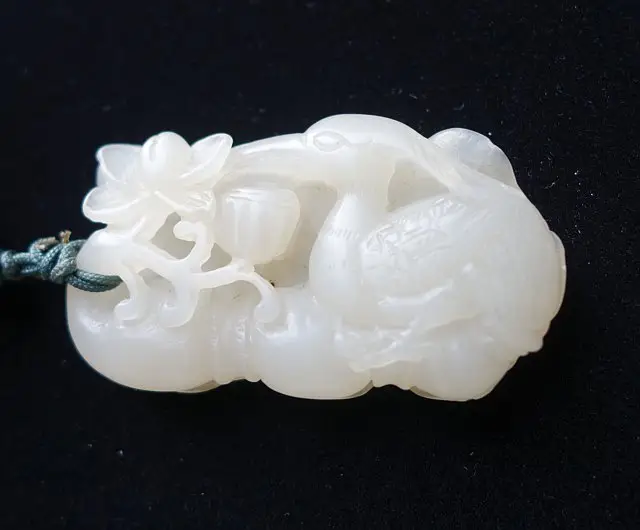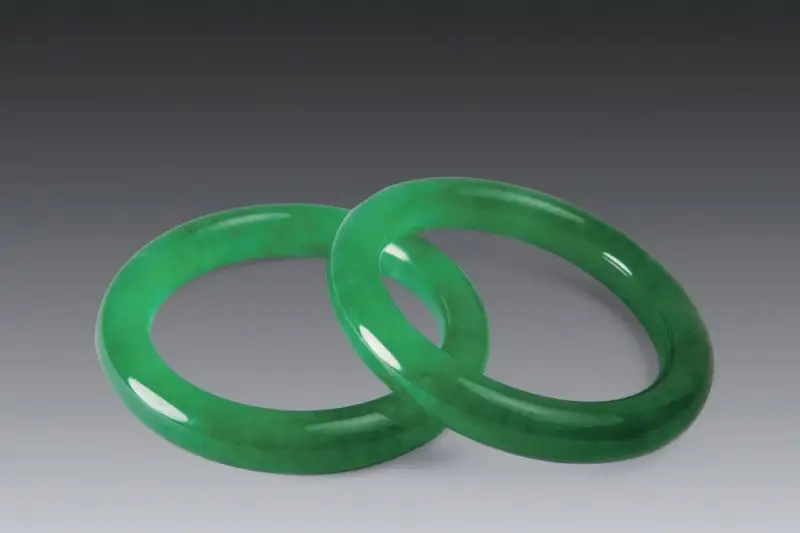Introduction
The origin of the word “amber” in English is said to come from the Arabic word Anbar, meaning “gum.” The Spaniards referred to both the buried Arabic gum and amber as “amber.” In Chinese, the term “琥珀” is believed to have originated from the ancient belief that golden amber was the concentrated spirit and soul of tigers. Amber has long been valued as a biogenic gemstone in both Eastern and Western cultures.
Amber
- Crystal system: amorphous system
- Hardness: Mohs hardness 2~3
- Specific gravity: 1.05~1.12
- Gloss: Grease gloss to glass gloss
- Transparency: transparent to translucent
- Color: white, yellow, red, brown, black, as well as opaque waxy yellow and blue-green
- Index of refraction: about 1.54
- Birefringence: None
- Fluorescence: blue and white in long wave, yellow green fluorescence in short wave
- Cleavage: No cleavage
- Characteristics: Pine flavor, low hardness; fossil inclusions
Commercial Value of Amber
The geological formation of natural amber is quite unique. It dates back 40 to 60 million years, to what is known in geology as the Eocene epoch. Amber is fossilized tree resin from ancient pine trees, formed through burial and prolonged exposure to temperature and pressure over time.
Amber is an amorphous biogenic gemstone, often appearing transparent. Its color varies widely, with yellow being the most common, although red, green, and blue-green varieties also exist. Opaque yellow amber is often referred to as “beeswax” amber.
The formation of amber involves tree resin being buried deep in the earth. While still viscous, the resin could capture nearby organisms or minerals, which is why inclusions of insects, leaves, pollen, and even natural minerals are often found in amber.
Amber’s allure lies not only in its fragrance and color but also in the inclusions it contains, such as insects, animals, pollen, or flowing structures. Unlike other gemstones, where flawlessness is prized, amber that contains a large number of insect or plant inclusions is highly sought after and more valuable.
The most common inclusions in amber are mosquitoes, flies, and ants. However, amber containing rare inclusions, such as scorpions or insect eggs, significantly increases in value.
According to statistics from major amber-producing regions, the likelihood of finding insect inclusions in amber is less than 1%. Since amber’s formation depends on both its composition (pine resin) and time (the Eocene epoch), even resinous materials that have not undergone long-term burial in the earth do not qualify as true amber, aside from plastic imitations.



